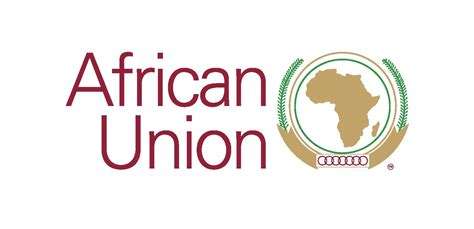The African Development Bank has approved a US $100 million loan to the Emerging Africa and Asia Infrastructure Fund (EAAIF) aimed at accelerating sustainable infrastructure development across the African continent.
According to the Bank’s statement, the financing is targeted at unlocking private sector capital and supporting “transformative projects” in key sectors including renewable energy, transport, digital connectivity and other critical infrastructure. EAAIF is a blended-finance fund managed by the investment firm Ninety One, operating under the umbrella of the Private Infrastructure Development Group (PIDG). This latest facility marks the fourth such loan from the AfDB to EAAIF.
As part of EAAIF’s broader strategy, the fund is currently seeking to raise long-term capital of US $300 million in 2025, and aims to deploy over US $850 million across Africa and Asia by 2027. While the announcement underscores the continent-wide ambition of the initiative, the Bank did not disclose specific countries or individual projects that will receive the financing.
Commenting on the deal, AfDB’s Director of Infrastructure & Urban Development, Mike Salawou, said the partnership will help “bridge the infrastructure financing gap,” boost job creation and promote resilient and inclusive growth across Africa. On behalf of Ninety One, Director Sumit Kanodia highlighted the loan’s role in financing “renewable energy, digital and transport projects that drive inclusive growth and climate resilience in the region.”
Implications:
- The funding reflects the increasing focus on infrastructure that is both climate-sensitive and growth-oriented, underscoring Africa’s need for investments in energy, mobility and connectivity.
- By channelling public finance via blended-finance vehicles like EAAIF, the AfDB intends to catalyse larger private-sector participation in infrastructure. a key strategy given the magnitude of the infrastructure gap.
- The lack of country- or project-level disclosure means observers will be watching closely to see where and how the funds are deployed, and what measurable impact they generate.
- For countries in Africa seeking to attract infrastructure investment, this deal signals that multilateral lenders remain willing to back innovative finance structures that leverage private capital.




